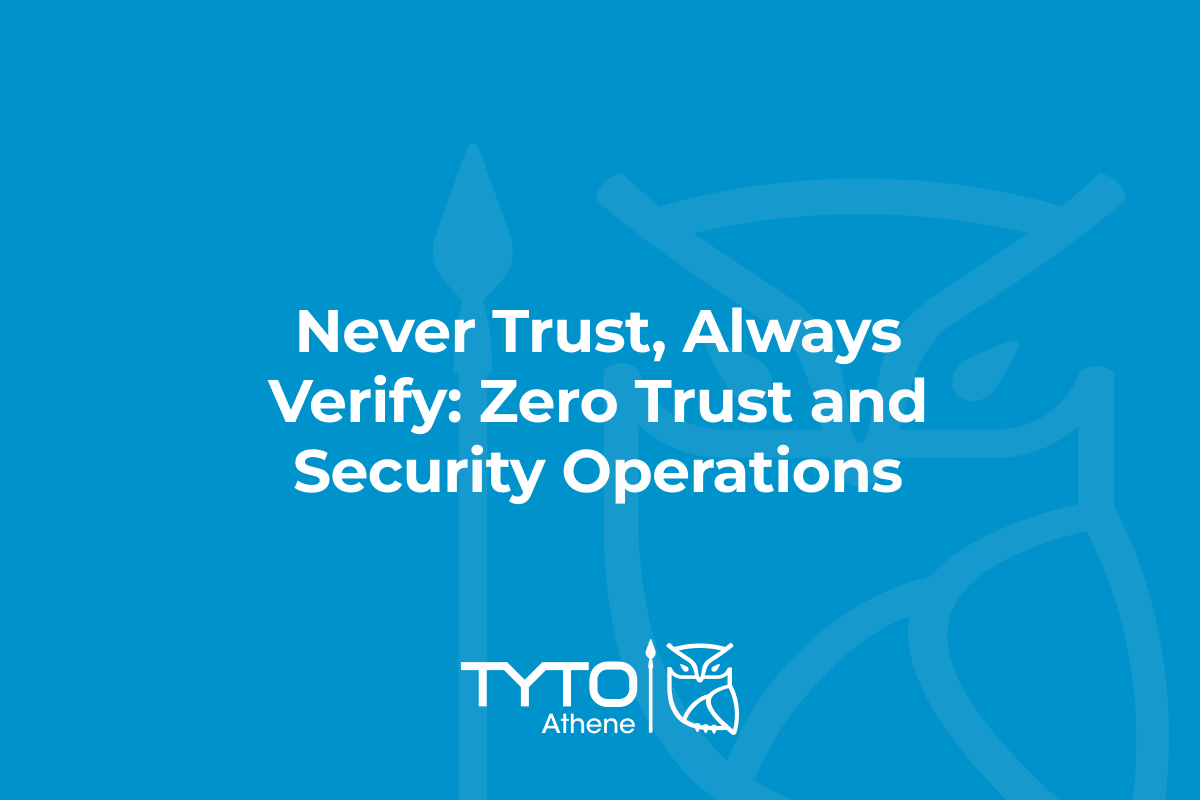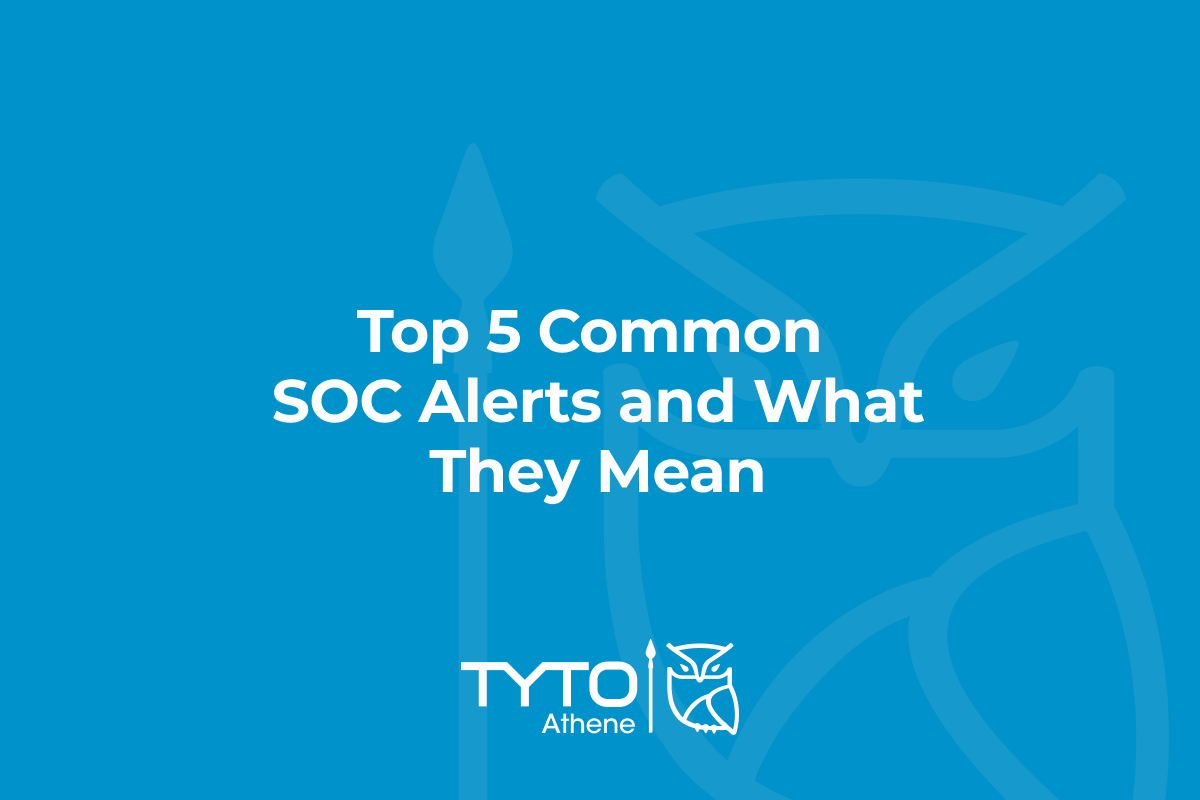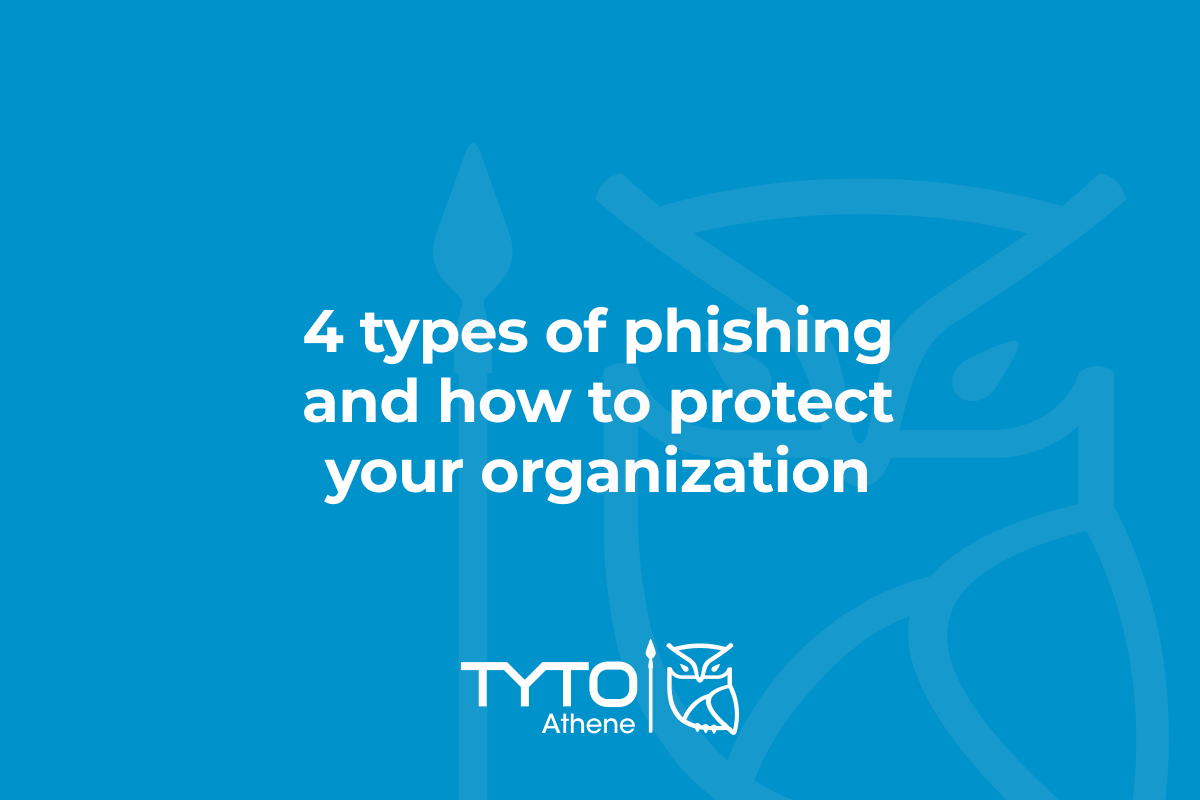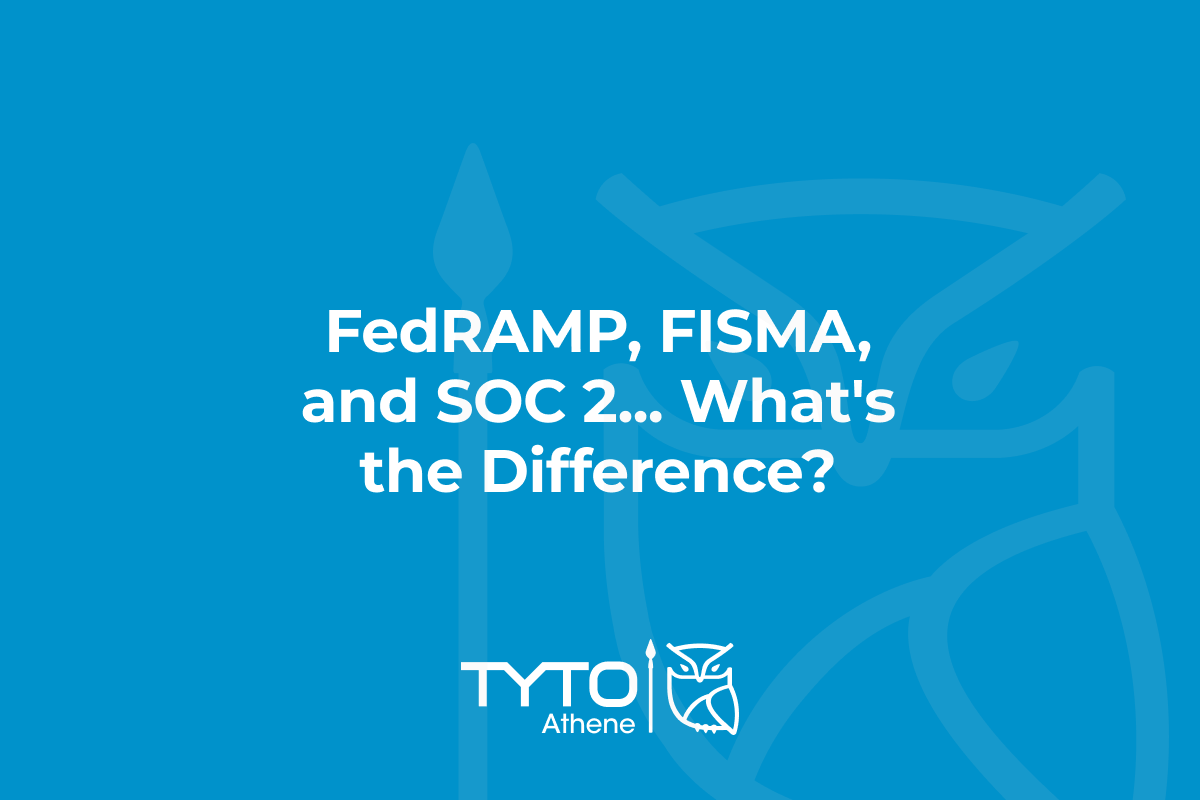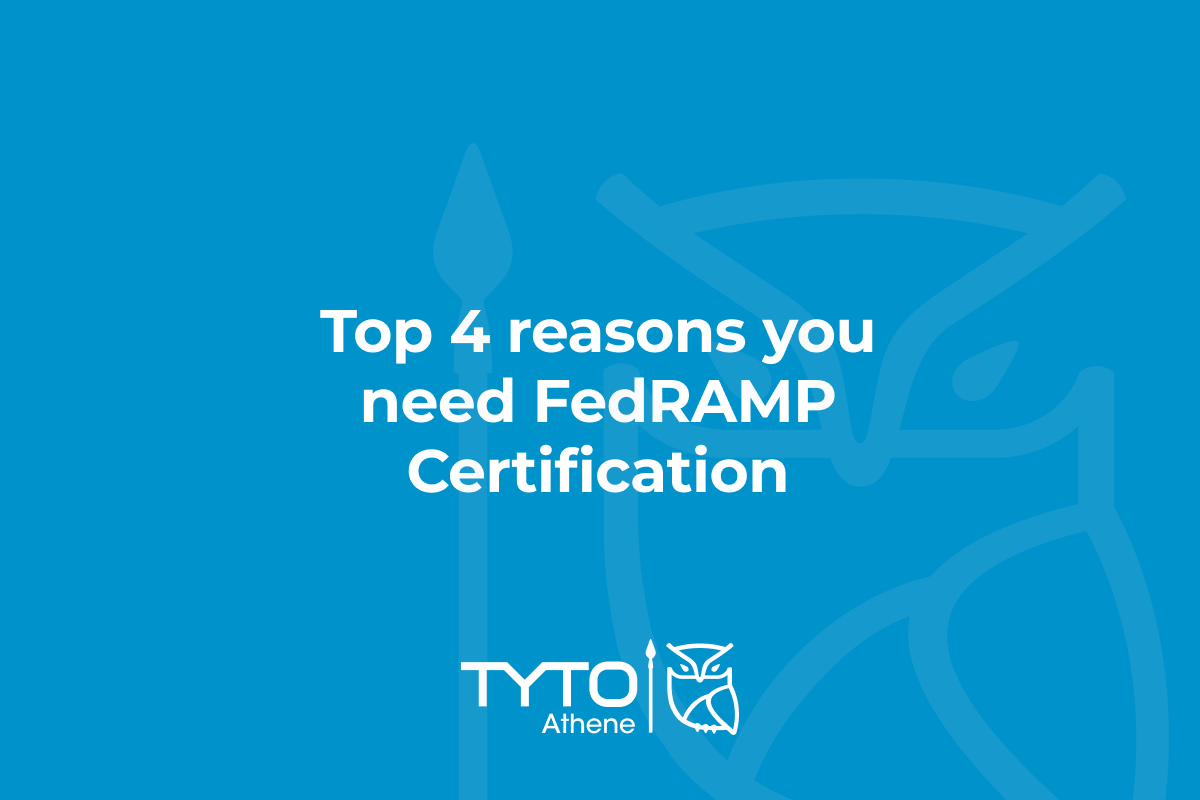FISMA, FedRAMP, and SOC 2 are foundational cybersecurity compliance frameworks, often misunderstood or used interchangeably by those unfamiliar with their specific requirements, scopes, and implications. Many people want to understand the differences between these laws and accreditations. The audits are somewhat similar at face value, but the target audience, requirements, and procedures are substantially different
While they each serve distinct audiences and regulatory needs, all three frameworks share the core objective of safeguarding sensitive information and ensuring trust in digital environments.
What is FedRAMP?
Purpose
FedRAMP provides a standardized approach to security assessment, authorization, and continuous monitoring for cloud services. FedRAMP is a mandatory security authorization program for cloud services used by Federal agencies. It is both a compliance benchmark for Cloud Service Providers (CSPs) and a gateway to market access within the federal cloud ecosystem. The initiative encourages government agencies to move from traditional datacenter applications into cloud services wherever possible. Through its “Do Once, Use Many Times” principle, FedRAMP streamlines reusability of security assessments across agencies, reducing duplication of effort for CSPs and accelerating government-wide cloud adoption.
Target
Cloud Service Providers for the United States Federal Government.
History
In December of 2010, the Office of Management and Budget (OMB) released the 25 Point Implementation Plan to Reform Federal Information Technology Management, which established the Cloud First policy requiring federal agencies to use cloud-based solutions.
FedRAMP Certification Requirements
The FedRAMP Security Assessment Framework (SAF) is based on the Risk Management Framework (RMF) that was developed by the National Institute of Standards and Technology (NIST). The only real difference is that the six steps outlined by NIST combine into four process areas:
- Document
- Assess
- Authorize
- Monitor
The Document process area combines steps 1 through 3 of the NIST RMF, and the rest of the process areas are a direct mapping to process steps outlined by NIST. FedRAMP compliance involves tailored implementation of NIST 800-53 controls, supported by tools like the Control Tailoring Workbook (CTW) and System Security Plan (SSP) templates. Additionally, the FedRAMP Baseline (Low, Moderate, High, and LI-SaaS) defines the specific controls applicable based on data sensitivity.
What is FISMA?
Purpose
FISMA (or the Federal Information Security Modernization Act) requires every federal agency to develop, document, and implement an agency-wide program to provide information security for the data and systems that support the operations and assets of the agency. These include those provided or managed by another agency, contractor, or other sources. This means that if you sell services to the Federal Government, your services will need to satisfy their FISMA compliance as well.
Target
The US Government.
History
With 9/11 and a rapid acceleration in security incidents, the Federal Government signed the E-Government Act in 2002 to provide a small fragment of guidance for securing its IT systems. That law was updated to create the FISMA Act of 2014, with the more robust reporting requirements which federal agencies must comply.
FISMA Certification Requirements
The Risk Management Framework (RMF) you must follow will depend on if you’re an agency or a contractor supporting that agency. Contractors handling Controlled Unclassified Information (CUI) must comply with NIST SP 800-171 under FAR 52.204-21 and DFARS 252.204-7012, whereas federal agencies are required to follow NIST SP 800-53 for internal systems. FISMA compliance is verified through annual audits, reporting to OMB, and increasingly leverages Continuous Diagnostics and Mitigation (CDM) tools.
What is SOC 2?
Purpose
SOC 2 is a framework for information security that organizations willingly submit to prove to their clients that they have an acceptable level of internal security when it comes to storing sensitive customer information. SOC 2 is frequently aligned with regulatory requirements such as HIPAA, GDPR, and CCPA, offering assurance to clients and stakeholders about an organization’s data handling and privacy practices.
Target
SaaS vendors and any other organization storing customer data in the cloud
History
Originating from the American Institute of CPAs (AICPA) Trust Services Criteria, SOC 2 evolved to evaluate non-financial controls around security, availability, processing integrity, confidentiality, and privacy (the five TSCs).
SOC 2 Certification Requirements
SOC 2 compliance centers around the Trust Services Criteria (TSC), which govern the required policies, procedures, and operational controls. While less prescriptive than FedRAMP or NIST frameworks, SOC 2 requires regular independent audits to maintain certification and instills confidence in commercial clients.
Security and Compliance Expertise
Understanding the terminology is the first step to getting started with compliance certifications and frameworks. With over a decade of experience supporting federal agencies and commercial enterprises, Tyto Athene provides compliance-driven cybersecurity solutions that align with frameworks like FISMA, FedRAMP, SOC 2, and CMMC 2.0. Our team specializes in Gap Assessments, Control Implementation, Documentation Support, and Continuous Monitoring, helping you achieve and sustain compliance while elevating your security posture.
Need compliance support? Tyto Athene’s Risk-Based Compliance experts can help you navigate certifications with confidence and efficiency. Connect with us to get started.
